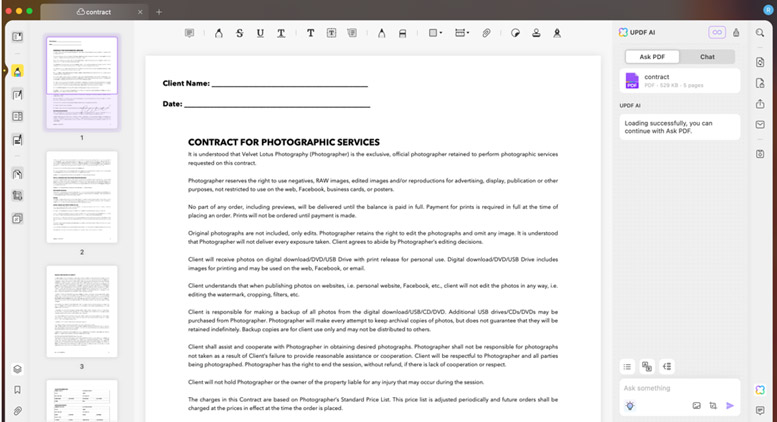Kaporpitches low-cost PIM for the masses
Lotus founder seeks open source alternative to Microsoft
— Ashlee Vance
Mitch Kapor wants to make life easier for small businesses and let geeks have a little fun at the same time.
The well-known founder of Lotus Development and designer of Lotus 1-2-3 has turned his sights to developing an open source personal information manager (PIM) that could help cut down administrative costs for small and medium-sized companies as well as academia. Because Kapor plans to offer the software, called Chandler , with a lenient license, he expects to tap into the developer world as well as the business world. Kapor suspects that if Chandler takes off it could garner the same kind of following as Linux.
“We want to develop the virtuous circle of community participation that is characterized by open source projects,” Kapor said, speaking Wednesday at Stanford University in Palo Alto, California . “People contribute to the product; it becomes a better product; and then more people want to contribute to it.”
An early test release of Chandler is due out in April and will lay the foundation for what Kapor sees as a lengthy battle to unseat programs like Microsoft ‘s Outlook and Exchange. The Chandler software will handle a user’s e-mail, calendar, contacts and collaboration needs on Linux, Mac OS X and Windows clients. The nonprofit group Open Source Applications Foundation (OSAF), headed by Kapor, is backing Chandler ‘s development with 13 full-time workers — nine paid and four volunteers.
“Small and medium-sized business are just not well serviced,” Kapor said. “Exchange, in general, is overkill and it’s expensive. The sweet spot for Exchange is up at the high end.”
An open source rival to Microsoft could help companies and universities lower software licensing and administration costs, Kapor argued.
“A lot of stuff out there is clunky,” Kapor said. “It makes people think like a computer instead of the other way around. One of the goals here is to have fun, and fun means, for us, doing something that creates a great user experience.”
Kapor’s past success building popular software applications bodes well for making Chandler easy to use. He is also joined on staff by Andy Hertzfeld, one of the original members of the Macintosh team.
Kapor wants to come up with a licensing model that keeps costs low for people using Chandler and that makes the software basically free for developers. This type of dual license could help encourage a small industry around Chandler where companies could customize the software for different vertical markets, for example, and build their own custom plug-ins.
“We have not settled on this yet,” Kapor said. “Licenses are more complicated than I thought.”
For the end user, OSAF is working to make sure Chandler can perform quick searches through large databases. In addition, Chandler will have some standard PIM features such as auto-recognition of names, dates and locations, Kapor said. Eventually, users could do some more interesting things with the software.
A user could, for example, make sure his or her contact information was always up-to-date for a select group of people. If the user lost a cell phone and then got a new phone number, the Chandler software could send out a message to other peoples’ address books and update the contact information automatically.
While Kapor was optimistic about where the project could go, he remained realistic, saying it will take a long time to develop and pull users toward Chandler . The key is to make software that is good enough to compel users to go out of their way to make a switch, Kapor said.
“I don’t know if this is fantasy or not, but we are intending to find out,” he said.




